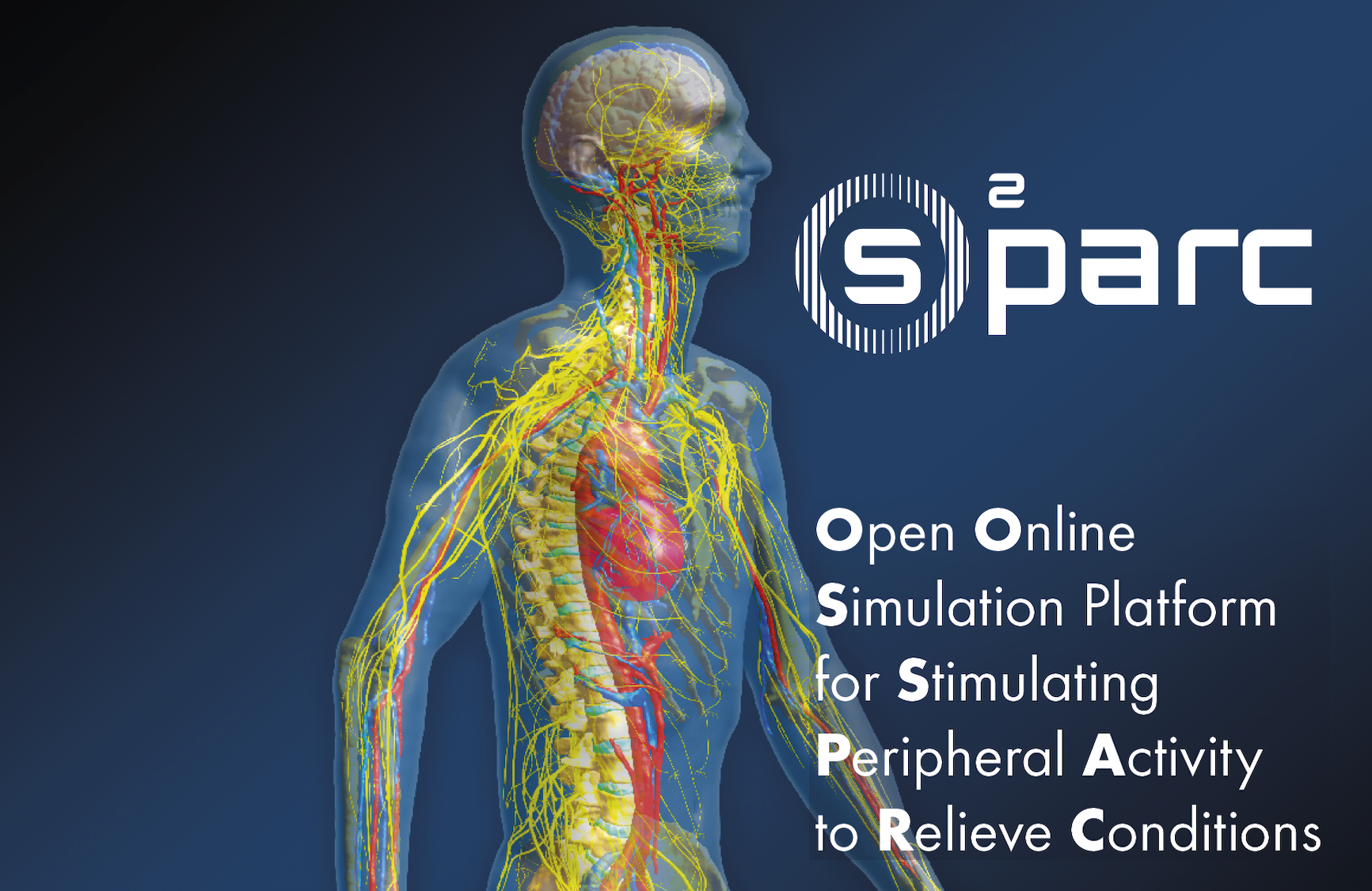
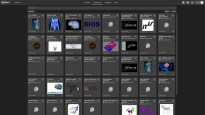 o2S2PARC landing page showing various study templates.
o2S2PARC landing page showing various study templates.
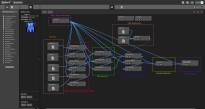 o2S2PARC pipeline for easy connection of services and the organization of workflows.
o2S2PARC pipeline for easy connection of services and the organization of workflows.
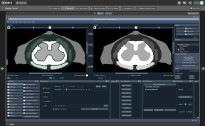 Example of using a service in the “App Mode", a simplified pipeline interface for non-expert users (e.g. applying iSEG for image segmentation).
Example of using a service in the “App Mode", a simplified pipeline interface for non-expert users (e.g. applying iSEG for image segmentation).
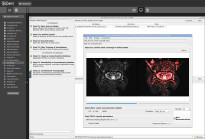 o2S2PARC supports the embedding of third-party software (e.g., DSI Studio, an environment for brain tractography analysis).
o2S2PARC supports the embedding of third-party software (e.g., DSI Studio, an environment for brain tractography analysis).
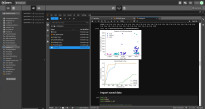 Jupyter notebooks can be easily used for testing and developing custom Python scripts.
Jupyter notebooks can be easily used for testing and developing custom Python scripts.
 In o2S2PARC, Sim4Life-based modeling, simulation and post-processing can be easily integrated into any pipeline.
In o2S2PARC, Sim4Life-based modeling, simulation and post-processing can be easily integrated into any pipeline.
o2S2PARC
With our cloud-based, online-accessible computational platform o2S2PARC, researchers can easily transform models and code into configurable, reusable, sustainable, and shareable studies, applications, workflows and services. Users benefit from access to a large number of available modules as well as from the graphical user interface that is integral to o2S2PARC.
Background
One of the main missions of the IT'IS Foundation is to advance research and technology by providing support for the most advanced biomedical simulations. For this mission, we have developed two platforms: Sim4Life (co-developed with Z43 partner ZMT Zurich MedTech AG (ZMT)) and o2S2PARC. Sim4Life was the first platform developed and was traditionally run on powerful desktop computers. o2S2PARC, on the other hand, is built on a new paradigm – an open, cloud-based platform for the development, execution, and sharing of computational models, simulations, and data analysis pipelines, and the presentation of results. All that users require for access to o2S2PARC's powerful computational resources is a web-browser.
o2S2PARC – short for “Open Online Simulations for Stimulating Peripheral Activity to Relieve Conditions” – is developed as part of the National Institutes of Health Common Fund’s “Stimulating Peripheral Activity to Relieve Conditions” (SPARC) program. The main goal of the SPARC program is to support the study of therapeutic neuromodulation of the autonomic nervous system. Within the SPARC program, the ultimate goal of o2S2PARC is to enable modeling of bioelectronic medicine applications, from device-level physical interactions with the peripheral nervous system/spinal cord through to the resulting therapeutic effects on organ physiology. At the end of 2022, the o2S2PARC platform was opened to the general public and its mission expanded beyond its initial focus on SPARC researchers. Since then, it has experienced rapid user adoption and usage growth.
Our Vision
The IT'IS Foundation, together with Z43 partners, continues work to expand o2S2PARC. Our vision for o2S2PARC encompasses not only the field of bioelectronic medicine, but also its use as the ultimate platform for collaborative, sustainable, reproducible, scalable, open, FAIR (Findable, Accessible, Interoperable and Reusable), and user-extensible computational sciences.
Recently, leveraging the highly innovative o2S2PARC technology, ZMT released a cloud-based version of the Sim4Life platform – Sim4Life.web – that is an identical twin to the desktop version and allows to set up and run the most advanced multiphysics simulations in complex environments like the human body directly in any browser. This important milestone enables the integration of all Sim4Life functionalities – i.e., simulators of tissue responses to physical interactions within complex anatomical environments for medical device/therapy design, personalized medicine, and in silico studies – with other tools in comprehensive pipelines and their deployment as online-accessible, user-friendly applications.
o2S2PARC (Current Release)
o2S2PARC provides access to around 100 different services developed by SPARC researchers, the IT’IS team and 3rd parties to facilitate tasks such as image processing and image-based modeling, mechanistic and data-driven biophysical simulation (electromagnetic, electrophysiology, organ physiology, etc.), training and application of deep neural networks, and explorable data analysis and visualization. Those services can be flexibly combined into pipelines and converted into step-by-step guided applications suitable for use by non-expert modellers (e.g., our TIP tool for temporal interference stimulation planning). Studies can easily be shared with other users or converted into publishable templates.
Future Releases
Forthcoming releases will include (i) extensive metamodeling functionalities (optimization, uncertainty propagation, surrogate modeling, inverse problem solving, etc.) that can be easily applied to any parameterized study pipeline, and (ii) functionality to develop closed-loop control strategies and, in particular, intelligent model-based control.
Requests and Inquiries
For further information or to request an o2S2PARC account, please send an email request to support.
Acknowledgements
o2S2PARC is funded by the NIH Common Fund’s SPARC program under OT3OD025348.
Reference for Citation
Please, cite the use of o2S2PARC in your publications, as follows: “o2S2PARC platform [1], https://osparc.io/”
[1] M. Guidon et al., Shaping a Collaborative, Sustainable, Accessible, and Reproducible Future for Computational Modeling. bioRxiv, June 2025, doi: 10.1101/2025.06.12.656959
SPARC Portal
Check out the SPARC Portal to find out more about SPARC as well as for access to digital resources that can be shared, cited, visualized, computed, and used for virtual experimentation!
Tutorials & Documentation
- A guide to using the o²S²PARC platform
- Detailed user and developer documentation
- Information on the o²S²PARC API and Python SDK
Videos & Webinars



